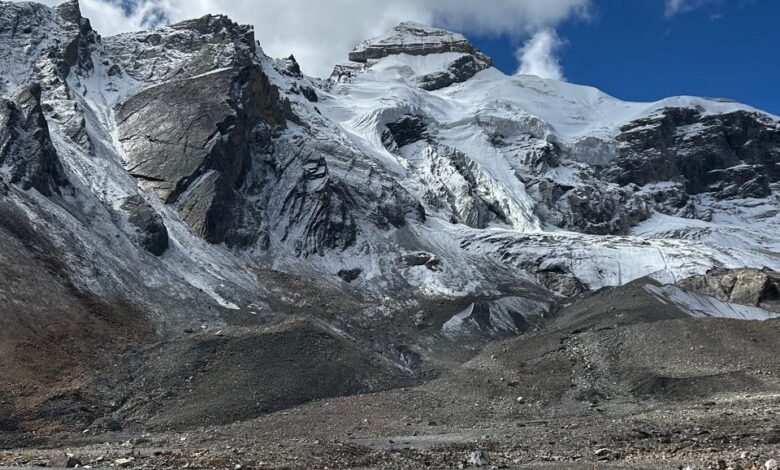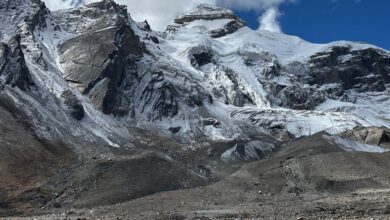Inner line permits for ‘Adi Kailash yatra’ to be issued from Pithoragarh also

Inner line permits for ‘Adi Kailash yatra’ to be issued from Pithoragarh also
B.D.Kasniyal
Pithoragarh, Feb 20
The system of issuing inner line permit for ‘Adi Kailash Yatra’ from Pithoragarh will continue this year. The pilgrims will have choice to take such permits to visit border areas either from Pithoragarh or from Dharchula sub-division office. It was decided at a preparatory meeting called by Pithoragarh District Magistrate, today.
“The system to issue inner line permit for ‘Adi Kailash yatra’ from Pithoragarh also started from last year as it has some advantages and it is being continued this year also,” said Vinod Goswami, District Magistrate, Pithoragarh.
‘Adi Kailash yatra’ this year will begin from April last week and will continue till November, with break during Monsoon months.” To prepare the route a team comprising officials from district administration and tourist department will visit the route up to ‘Adi Kailash’ , likely in mid of March after that the route will be declared safe for yatra,” said Kriti Chandra Arya, District Tourist Officer, Pithoragarh.
According to Pithoragarh District Magistrate, the ‘Adi Kailash yatra’ has become a boon for locals of all 7 villages of Vyans valley as most of the Adi Kailash pilgrims prefer staying with local home stay accommodations. “We have more than 100 home stays in all 7 villages of Vyans valley, we hope the number will increase this year as the number of pilgrims aare bound to increase.” The number of tourists has increased several times after Prime Minister Narendra Modi visited ‘Adi Kailash’ the peak in October, 2023,” said the DM.
The number of ‘Adi Kailash’ pilgrims are likely to increase this year due to a high decibel campaign to publicise the holy place by the state government.




